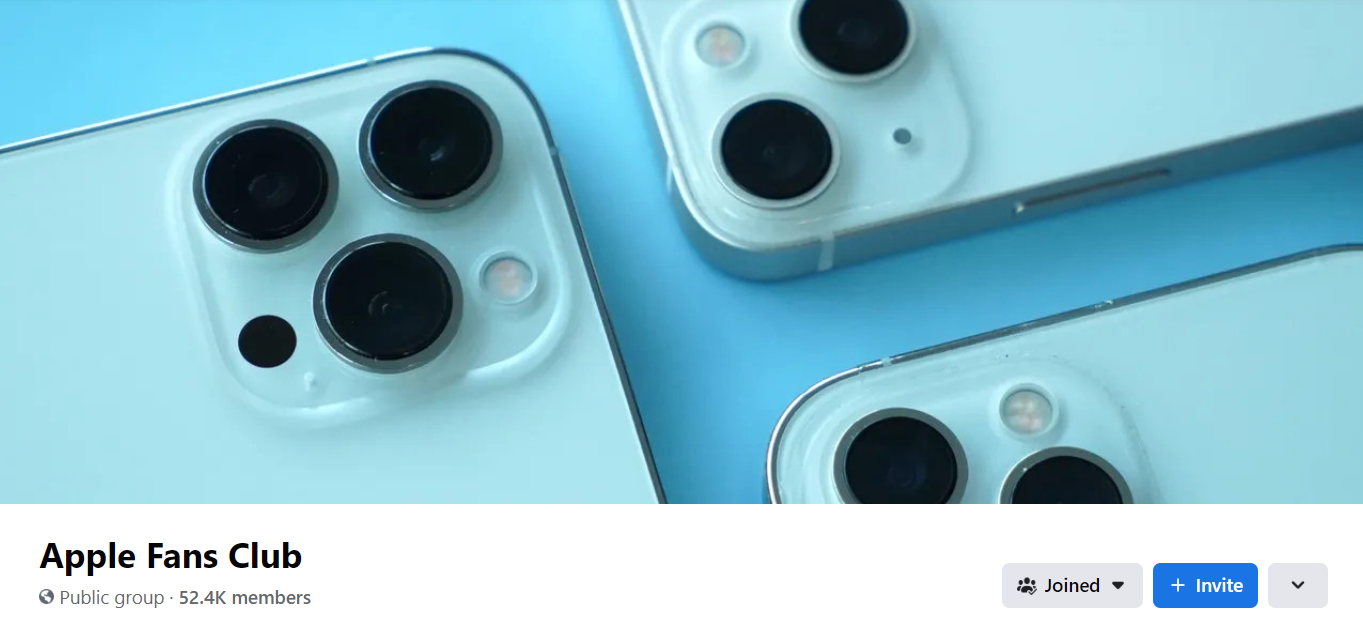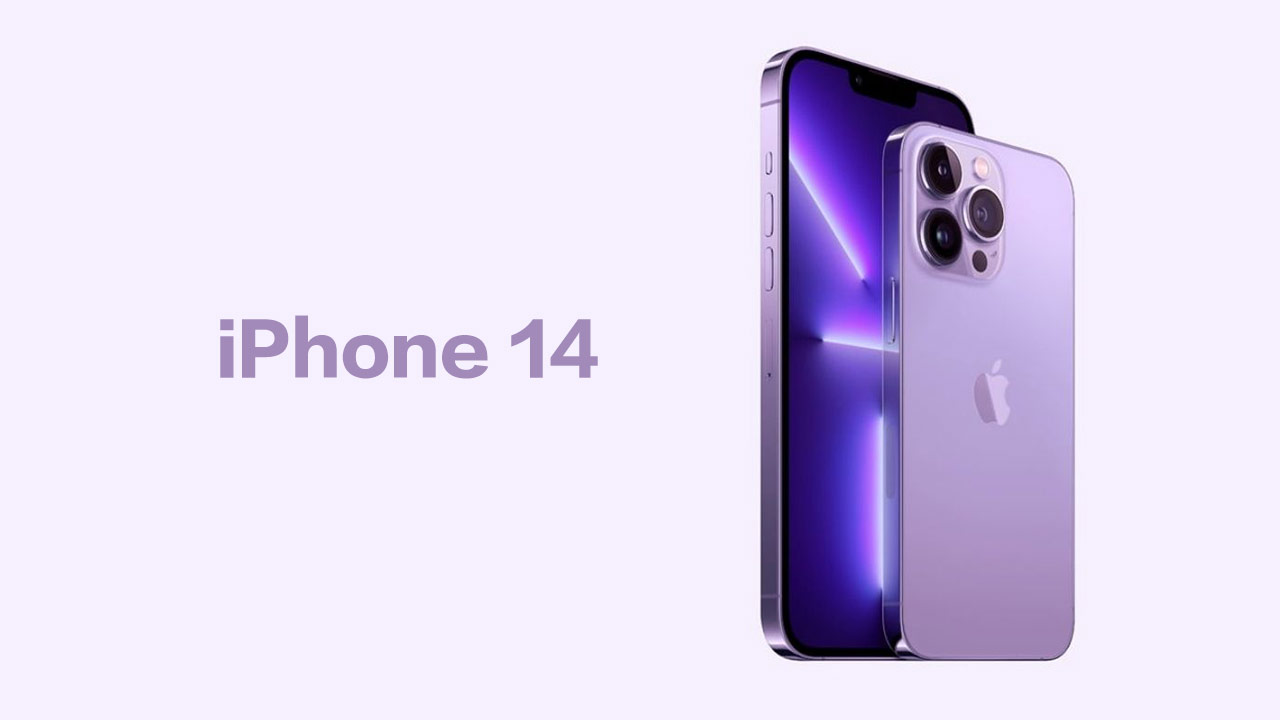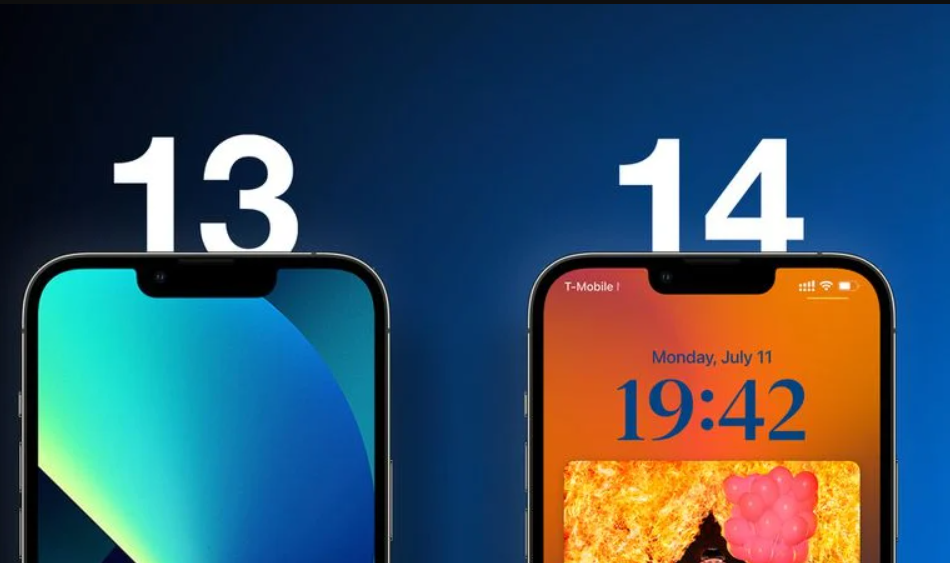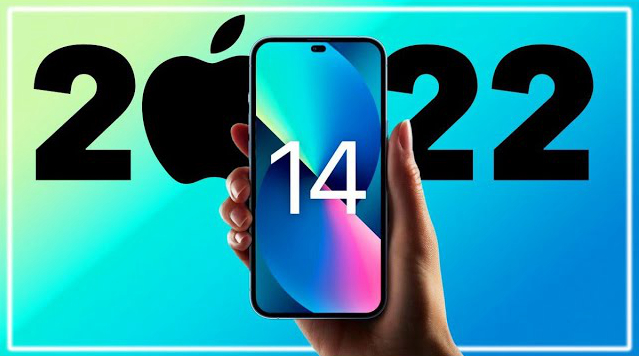Time to compare Google and Apple’s flagships. We’re going to compare the regular flagship models here, not the biggest models the two companies have to offer. Here, we’re going to compare the Google Pixel 7 vs the Apple iPhone 14 Pro. Some of you might be hesitating between these two phones, and we hope this article helped you make your buying decision.
In contrast, the Pixel 7 and iPhone 14 Pro are very different. This applies not only to their designs, but also to their camera performance, software, etc. These are two different platforms we’re talking about, and two very different approaches to design. We’ll list the specs of the two phones and then start comparing their designs, displays, performance, battery life, cameras, and audio performance.
Specs
| Google Pixel 7 | Apple iPhone 14 Pro | |
| Screen size | 6.3-inch fullHD+ flat OLED display (90Hz refresh rate) | 6.1-inch LTPO Super Retina XDR OLED display (120Hz refresh rate) |
| Screen resolution | 2400 x 1080 | 2556 x 1179 |
| SoC | Google Tensor G2 | Apple A16 Bionic |
| RAM | 8GB (LPDDR5) | 6GB |
| Storage | 128GB, 256GB, non-expandable (UFS 3.1) | 128GB, 256GB, 512GB, 1TB, non-expandable |
| Rear cameras | 50MP (Samsung ISOCELL GN1 sensor, 1.2um pixel size, f/1.85 aperture, 82-degree FoV, Super Res Zoom up to 8x) 12MP (ultrawide, 1.25um pixel size, f/2.2 aperture, 114-degree FoV, lens correction) | 48MP (f/1.8 aperture, wide-angle, 1.22um pixel size, sensor-shift OIS, dual pixel PDAF) 12 MP (ultrawide, f/2.2 aperture, 13mm, 120-degree FoV, 1.4um pixel size, dual pixel PDAF) 12MP (telephoto, f/2.8 aperture, 77mm lens, PDAF, OIS, 3x optical zoom) |
| Front cameras | 10.8MP (1.22um pixel size, f/2.2 aperture, 92.8-degree FoV, Fixed Focus) | 12MP (wide-angle, f/1.9 aperture, 23mm lens, PDAF) SL 3D (depth/biometrics sensor) |
| Battery | 4,355mAh, non-removable, 21W wired charging, 23W wireless charging, reverse wireless charger Charger not included | 3,200mAh, non-removable, 20W wired charging, 15W MagSafe wireless charging, 7.5W Qi wireless charging, 5W reverse wireless charging Charger not included |
| Dimensions | 155.6 x 73.2 x 8.7mm | 147.5 x 71.5 x 7.9mm |
| Weight | 197 grams | 206 grams |
| Connectivity | 5G, LTE, NFC, Bluetooth 5.2, Wi-Fi, USB Type-C | 5G, LTE, NFC, Bluetooth 5.3, Wi-Fi, Lightning port |
| Security | Face Unlock In-display fingerprint scanner (optical) | Advanced facial scanning |
| OS | Android 13 | iOS 16 |
| Price | $599/$699 | $999 |
| Buy |
Design
If you put these two side-by-side and compare their designs, you’ll see that they are quite different. If you hold them both in your hand, you’ll find they’re more different than you might think. The Pixel 7 is made of aluminum and glass, while the iPhone 14 Pro uses stainless steel and glass. The iPhone 14 Pro is actually shorter and narrower, while also being thinner. Still, it’s heavier than the Pixel 7, mostly due to the stainless steel frame.
The Pixel 7 does have a bigger display, which is why it’s bigger overall. Both phones have very thin bezels, and both include flat-panel displays. The Pixel 7 has a centered display camera hole at the top, while the iPhone 14 Pro has a pill-shaped cutout dubbed the “Dynamic Island.” The corners of the iPhone 14 Pro are more rounded than those of the Pixel 7. If you flip the two phones over, you’ll find more differences.
![]()
The Pixel 7 has a camera visor on the back that protrudes from the frame and is covered in metal. The iPhone 14 Pro includes a more conventional-looking camera island in the upper left corner. The back of the iPhone 14 Pro is completely flat, which is not the case with the Pixel 7. Its back glass curves towards the edges into the phone’s body. Both phones are IP68 certified for water and dust resistance, and both feel like premium products in the hand. Both are very slippery, so a use case might be a good idea.
Display
The Pixel 7 features a 6.3-inch fullHD+ (2400 x 1080) AMOLED display. The panel has a 90Hz refresh rate and is flat. It supports HDR10+ content and has a peak brightness of 1,400 nits. You can only reach that brightness in automatic mode, though. Gorilla Glass Victus protects the phone’s display, and the phone offers a 20:9 display aspect ratio.
On the other hand, the iPhone 14 Pro has a smaller display. It includes a 6.1-inch 2556 x 1179 LTPO Super Retina XDR OLED display. The panel is flat, and it offers a 120Hz refresh rate. It supports HDR10 content and also includes support for Dolby Vision. The panel has a brightness of up to 2,000 nits, but only in auto mode. It is protected by ceramic shielding glass.
So the iPhone 14 Pro does have a sharper display with a higher refresh rate and it’s also getting brighter. If you do spend a lot of time outdoors, in the sun, you will definitely notice a difference. Both displays are very smooth, and the difference between the 90Hz and 120Hz refresh rates isn’t too noticeable, but discerning eyes will notice. Both panels are sharp enough, which is more of a problem you’ll find here. Best of all, both displays are vivid, with great viewing angles and deep blacks. They are excellent, although the iPhone 14 Pro is technically better.
Performance
Both phones are incredibly powerful, but have different performance-related internals. The Pixel 7 features Google’s second-generation processor, the Tensor G2 SoC. It also packs 8GB of LPDDR5 RAM and UFS 3.1 flash storage. The iPhone 14 Pro is powered by the Apple A16 Bionic SoC, paired with 6GB of RAM and NVMe storage. From a pure benchmarking standpoint, Apple’s SoC is noticeably more powerful than Google’s, but the end result might surprise you.
Both smartphones offer excellent performance. Both devices are buttery smooth in use. The Tensor G2 may not be the most powerful SoC out there, but it blends nicely with Google’s software. The A16 Bionic does the same for iOS. Whether you’re talking about regular day-to-day tasks or gaming, both smartphones deliver. We did notice the Tensor G2 getting hotter under intense use, though, but that didn’t affect overall performance or bother us. In terms of performance, both smartphones are excellent.
Battery
Purely from a specs standpoint, we were a bit skeptical about the Pixel 7’s battery life, but the phone proved us wrong. It comes with a 4,355mAh battery and offers great battery life. More information will be available soon. The iPhone 14 Pro includes a 3,200mAh unit, although iPhones handle battery drain quite differently, so keep that in mind. You can’t really compare battery capacity considering these are two different platforms.
The Pixel 7 gave us excellent battery life. During our use, we broke the 8-hour on-screen punctuality mark several times. Keeping 7+ hours of screen on time at all times is not a problem at all. The iPhone 14 Pro also offers very good battery life, but it’s surprisingly not as good as last year’s model. We’re not sure why this is, but it also seems inconsistent in this regard. Note that your mileage may vary between the two phones depending on your usage, signal, location, etc.
What about charging? Well, the Pixel 7 supports 21W wired charging, 23W wireless charging, and also supports reverse wireless charging. The iPhone 14 Pro will also give you around 20W of wired charging, although Apple didn’t confirm this, as did Google. It also supports 15W MagSafe wireless charging and 7.5W Qi wireless charging. Both phones will take time to charge your device, as they both slow down charging at some point. By the way, neither phone comes with a charging brick.
Cameras
The Pixel 7 has a 50-megapixel main camera, along with a 12-megapixel ultra-wide unit. The iPhone 14 Pro has a 48-megapixel main camera, as well as 12-megapixel ultra-wide and telephoto cameras. It also includes a ToF 3D LiDAR scanner on the back. The downside of the Pixel 7 is the lack of a telephoto camera, although its main camera does a good job of zooming in on photos.
![]()
How do these pictures generally compare? Both smartphones do well, albeit a little differently. The Pixel 7’s picture is cooler, while the iPhone 14 Pro prefers warmer tones. Both delivered reasonably sharp photos, although the ones from the iPhone 14 Pro looked a little more realistic. That being said, we do prefer the Pixel 7’s output. The picture ends up with higher contrast, and the Pixel 7 does a better job in demanding dynamic range conditions.
The iPhone 14 Pro tends to accentuate highlights and over-sharpen leaves. When it comes to ultra-wide cameras, both do a great job. The iPhone 14 Pro still has an edge in video recording, but the Pixel 7 is much better than the Pixel 6 in that regard. In low light, both phones perform very well, although the iPhone 14 Pro is trying to be a little more realistic, while the Pixel 7 delivers a more pleasing image overall. It ends up being brighter with more detail.
Audio
Both smartphones feature an eye-catching set of stereo speakers. What they don’t have is a 3.5mm headphone jack. You’ll have to resort to a Type-C USB port, or use a wireless connection. The Pixel 7 comes with Bluetooth 5.2, while the iPhone 14 Pro comes with Bluetooth 5.3.
The speakers on both phones are well done. They are loud enough and very punchy. The soundstage is wide enough, with balanced bass, mids and highs. Vocals are also very clear.
Read more articles: https://www.facebook.com/RedTomElectronics/
If you have more ideas to discuss with us, welcome to join our Apple Fans Club on Facebook.




